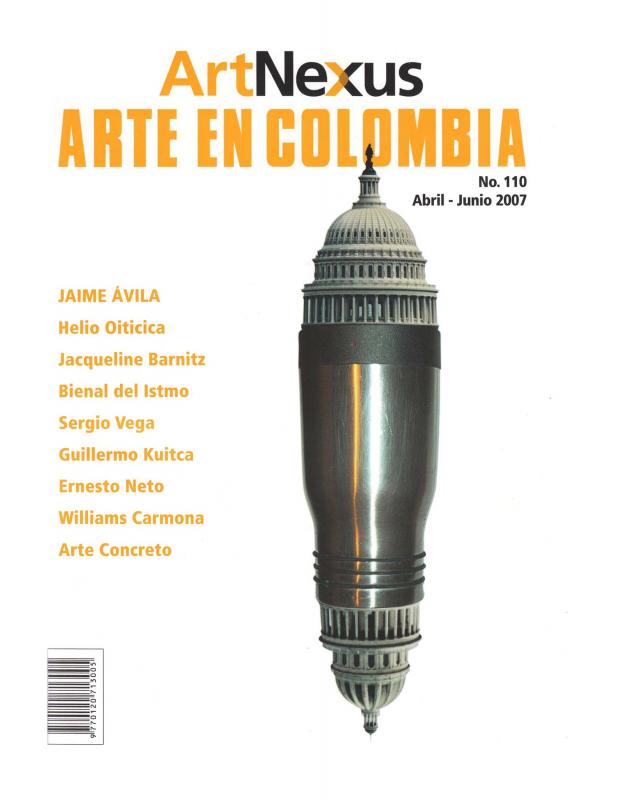In this interview, artist Jaime Ávila (b. 1963) sheds light on elements crucial to the conception and production of his work La vida es una pasarela (2004). As such, it is useful in understanding the analysis of that work provided by Gutiérrez in the third chapter of ciudad-espejo (2009) [see doc. no. 1133189]. This text can also be read in conjunction with the text Jaime Ávila (2007), which provides an overview of Ávila’s production from 2002 to 2007 [doc. no. 1133868]. The interview reveals the conceptual connection between La vida es una pasarela, on the one hand, and Radioactivos (1996) and El cuarto mundo (2003), on the other, works that, in Ávila’s view, confront the viewer with images that, though beautiful, portray the wretchedness, tragedy, and poverty that beset Latin America.
Of particular interest are Ávila’s statements about his contact with the indigent individuals who posed for his photographs. Some of them, he explains, are friends from his teenage years and others are young gang members he had photographed for Radioactivos, a series produced in 1996. Many Colombian critics have accused Ávila’s work of being “poverty porn” insofar as it makes use of social problems to gain prestige and recognition for the artist. Ávila defends his images stating that they are result of an experience that affected his personal life; he claims he felt it was his responsibility to address a social problem he found terribly sad and shocking. The interview makes reference to the socio-political context of Colombia in the early nineties, a period that witnessed, among other major events, the death of drug trafficker Pablo Escobar (1949–93). An increase in indigence ensued pursuant to the dismantling of networks of drug consumption that provided young addicts with a degree of protection and employment.
Jaime Ávila has a degree from the Universidad de los Andes. He represented Colombia at the IX Havana Biennial (Cuba, 2007), the XXVI São Paulo Biennial (Brazil, 2004), and the III Liverpool Biennial (England, 2004). His work was awarded prizes at the VII Salón Regional de Artistas Zona Bogotá (1995) and at the VII Salón de Arte Joven (1997). He currently (2010) lives and works in Bogotá.
Colombian anthropologist, critic, and curator Natalia Gutiérrez (b. 1954) has a degree from the Universidad de los Andes and a master’s in art history and theory from the Universidad Nacional. She has taught at institutions such as the Universidad de los Andes and the Universidad Jorge Tadeo Lozano. Her work was awarded at the first edition of the competition the Bogotá Mayor’s Office organizes to recognize a historical, theoretical, or critical essay [see “Cruces, arte, artista: José Alejandro Restrepo”, doc. no. 1091801].



